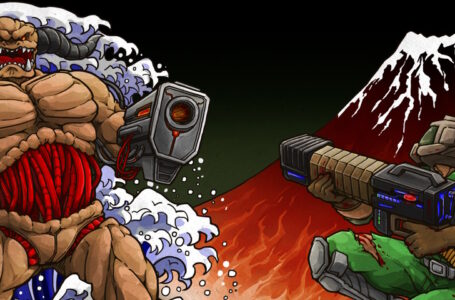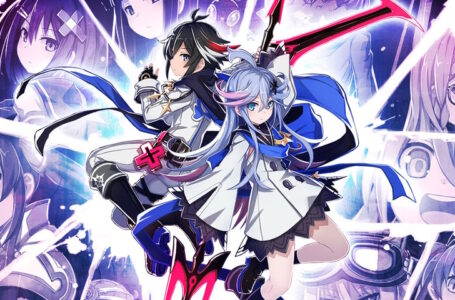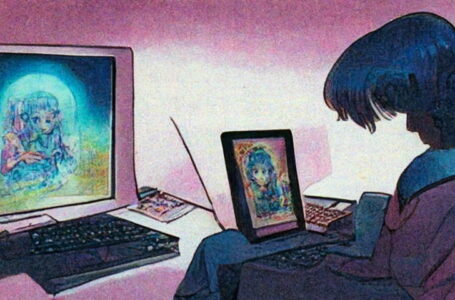On “hard games”: mechanics, difficulty and challenge are art too
There’s been some recurring discourse over the course of the last few years about whether or not all games should implement some sort of “easy mode” in their difficulty settings — if indeed those difficulty settings exist at all.
Most recently, the subject was broached by Psychonauts 2 developer Double Fine, who revealed that they would have an invincibility toggle in their upcoming game that would not affect your ability to “beat” it, before proceeding to mock people who enjoy a challenge and then hastily follow up with the assertion that “games are for everyone”.
This is an interesting topic to contemplate, though it’s not one that people tend to talk about particularly rationally online these days — you know what Twitter is like. So I thought we might ponder it now — both in terms of why people think adding these easy modes and “cheats” (as some people look at them) is important, and why, in some cases, their inclusion might actually undermine something fairly fundamental about games as creative works.
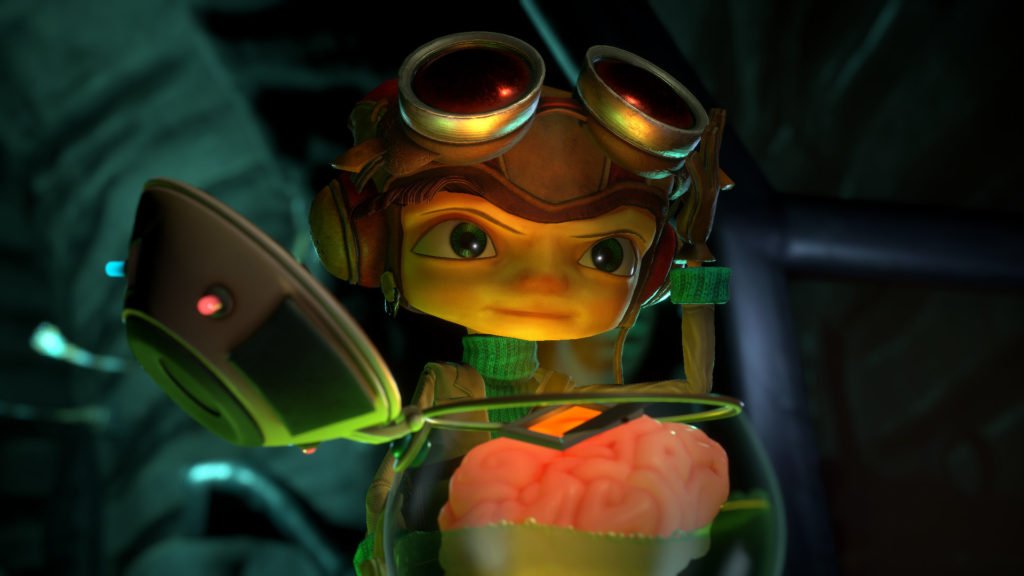
Difficulty versus accessibility
The most common argument in favour of easy modes, invincibility toggles and all manner of other difficulty settings is accessibility. Adding these options, the argument goes, allows the broadest possible variety of people to enjoy the game in the way that they want to enjoy it. And seemingly drastic options like invincibility allow even those with cognitive or motor control difficulties to enjoy games; they minimise the “punishment” you have to suffer if your brain or body has trouble keeping up with what the game in its standard form demands of you.
It’s a seemingly watertight argument at first glance, but if you contemplate it a little more deeply, it only really holds completely true for games with a strong emphasis on narrative as their primary concern. And, in fact, the triple-A sector has been moving in this direction anyway over the course of the last decade or so; modern triple-A games are much less punishing than in previous generations because the developers and publishers spent so much money on putting together spectacular setpieces that they want to make damn sure as many players as possible see them.
For a game like Psychonauts 2, having some means of players simply being able to enjoy the story and writing without the game arbitrarily blocking their ability to do so makes a certain amount of sense. For those who want to have a challenge from the game alongside experiencing the story, they can simply choose not to use the invincibility toggle or any of the other options that Double Fine might include. For those who don’t really care about the “gameplay” side of things and just want to experience the narrative, they can toggle on everything that makes it as easy as possible and just enjoy the part of the game they’re really there for.
It is, in essence, the solution to the problem comedian Dara O’Briain laid out in this famous sequence from Live At The Apollo in 2010.
Of course, at this point you might wonder why you wouldn’t just watch a supercut of all the cutscenes on YouTube, or a Let’s Play of someone more skilled than you playing through the game. That’s a valid question, I think — and up until the last few years of gaming discourse in particular, most of the gaming community appeared perfectly happy with this as an option.
Indeed, gaming videos and streams continue to introduce people to games they either never had any intention of trying, or hadn’t really thought about before. And there are multiple ways to enjoy these; you can watch skilled players speedrun games, you can watch gaming historians provide additional context to what they’re playing, or you can watch entertainers struggle through difficult games like you and I. VTubers excel at the latter in particular; everyone loves to see a cute anime girl rage.
These days, though, there’s a strong movement in favour of “all games should be for everyone” — and while this is an admirable thing to take aim for, I don’t think it’s entirely practical. Particularly if you consider games as art. And I’m not just talking about game narratives as art. No, I’m talking about the very design of games as a form of art in itself.
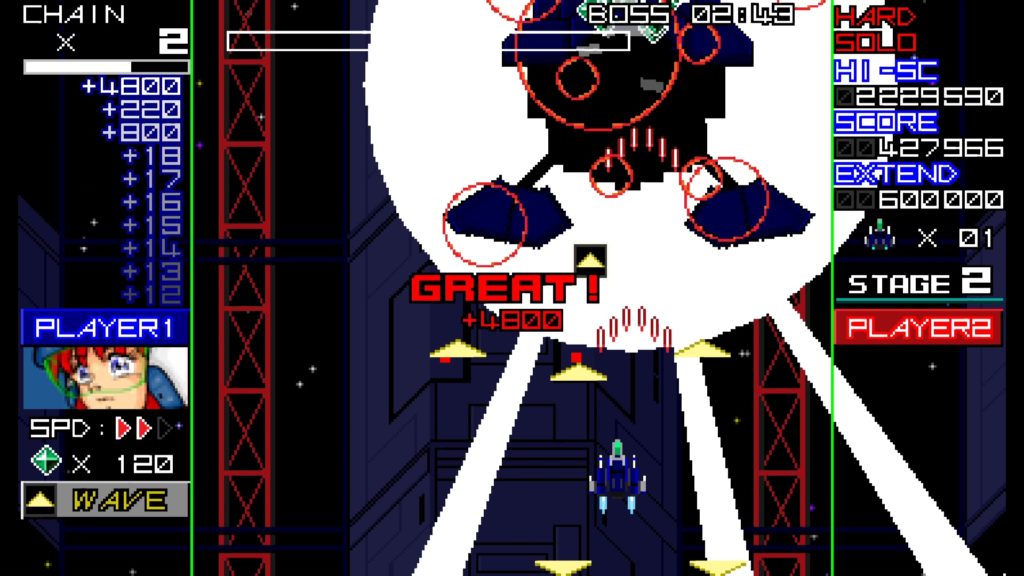
The technicalities of art
All forms of art have multiple layers to them. The most immediate is the aesthetic: you look at something or listen to something and you have some sort of instinctive or emotional reaction to it. It’s simple, it’s primal and pretty much everyone can enjoy a work of art on this level, barring sensory difficulties that preclude you from experiencing a particular form of visual or auditory art.
Then you have the interpretive layer. You experience a work of art, and you start to think about what it means. Numerous questions follow. What does it make you think about? What do you think the creator of the work of art wanted to say with this piece? Is it effective at what it does? Does it inspire you to do something? What was the historical context? Is it typical of its contemporaries, or is it somehow transgressive? Was your initial instinctive reaction “correct”, or has further analysis revealed something else? Did the creator seemingly intend one thing but actually achieve something entirely different?
In essence, the arguments about accessibility of art tend to focus on these first two layers, the suggestion being that everyone should have the opportunity to enjoy art on both a primal, instinctive level as well as an interpretive, analytical level. This makes sense, because pretty much everyone has the ability to engage with creative works on these levels to one degree or another without any real difficulty.
Yes, some people indulge in the latter in particular in more depth than others, but that doesn’t make their response any less valid — “I like this, it gets my foot tapping” is just as valid a response as “the wide-ranging dynamics of this piece are clearly indicative of the composer’s discontent at the instability of the turnip market in 1796”.
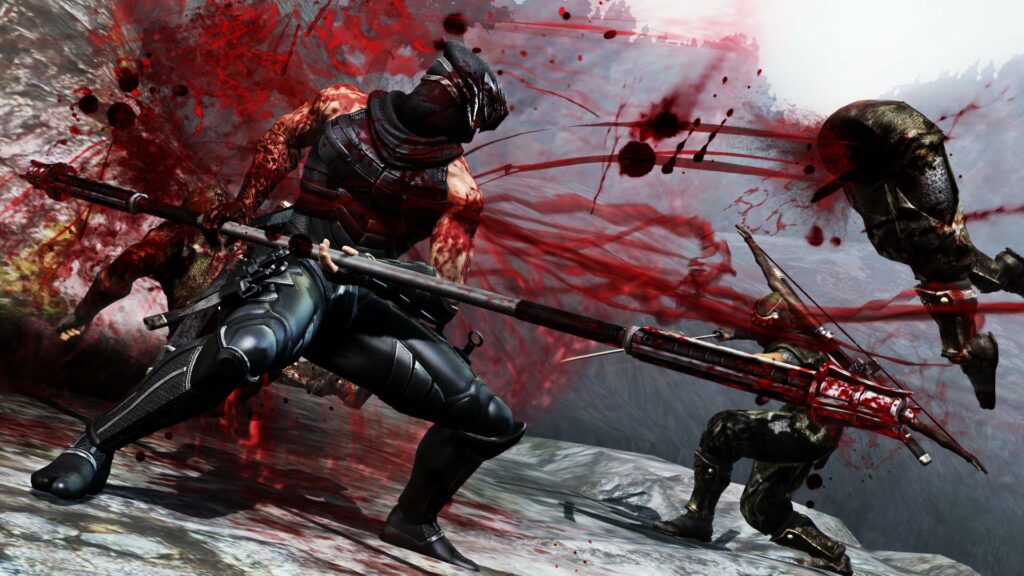
But then you have a third layer: a technical layer. The exact form of this varies from one art form to another, but one thing is universal: it’s a side of things that not everyone is able to — or wants to — engage with, due to the inherent difficulty in doing so.
You can appreciate music on those first two layers without being able to play an instrument, read music or know a dictionary’s worth of Italian terminology. You can appreciate a painting without knowing anything about the tools and medium that the artist used to create the image. You can appreciate a ballet by simply enjoying how the dancers look moving around the stage, without knowing the names of all the moves they’re doing.
But you certainly get a different appreciation of all of those things by having that technical understanding. And in some cases, a work of art that might appear completely inaccessible at first turns out to be rather interesting once you know the technicalities of what went into it.
Take modern art and atonal music, for example. To a lot of people, these are wastes of canvas and unbearable cacophonies. Both of those are valid responses — they might even have been what the creator intended. But go in there with a knowledge of what the creator was doing — or, even better, having done something similar yourself — and you’ll have a completely different understanding of what was going on. You may still not like it, but you’ll understand it a whole lot better — and that understanding may well lead to appreciation and love.
The same is true for video games.
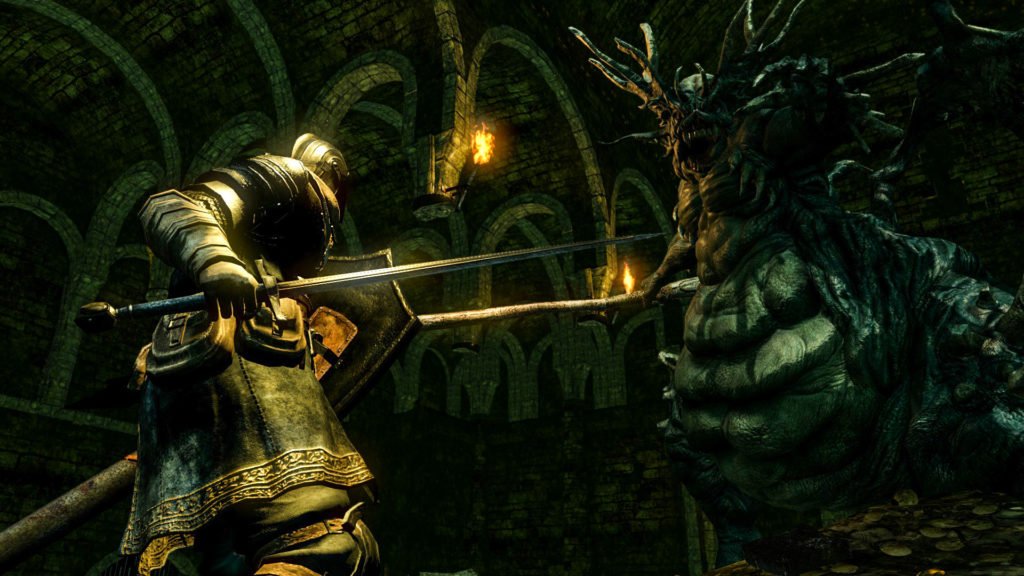
To play or to watch?
Let’s take the most common example brought up when questions of difficulty and accessibility come up: FromSoftware’s Souls series.
The Souls games are notorious for their supposed difficulty. That “difficulty” is actually simply that they demand skill and patience on the part of the player, and they reward continued engagement: practice, memorisation and recognition of patterns and conventions. They’re not about “gitting gud” so much as demonstrating a willingness to understand and engage with them on their own terms without compromise. And in doing so, you get a unique appreciation of them that only comes from that sense of “mastery”.
People argue that the Souls games should have an easy difficulty so that players can enjoy the worldbuilding and lore without having to understand the technical side of how they play. But you can get an understanding of the worldbuilding and lore without actually playing the game — watching someone else play it, or watching a lore analysis video, or reading up on it, provides exactly what you’re looking for without demanding technical skills.
This may sound like a bit of a cop-out, but really it’s exactly what happens with other forms of art. Chopin’s Fantaisie-Impromptu in C-Sharp Minor, Op. 66 is a difficult piece of music to play, though that “difficulty” is simply that it demands skill and patience on the part of the player. It rewards continued engagement: practice, memorisation and recognition of patterns and conventions. And in doing so, you get a unique appreciation of the piece that only comes from a sense of “mastery”.
No-one argues that Chopin’s Fantaisie-Impromptu in C-Sharp Minor, Op. 66 should have an easy difficulty so that people can enjoy the beautiful melodies, harmonies and rhythms of the piece… because you can enjoy those beautiful melodies, harmonies and rhythms without actually playing it yourself — you can watch someone else play it live or on a video; you can listen to a CD, digital audio file, record or cassette (with each format offering its own unique benefits); and you can read countless essays about it. It allows you to enjoy the work of art without demanding technical skills.
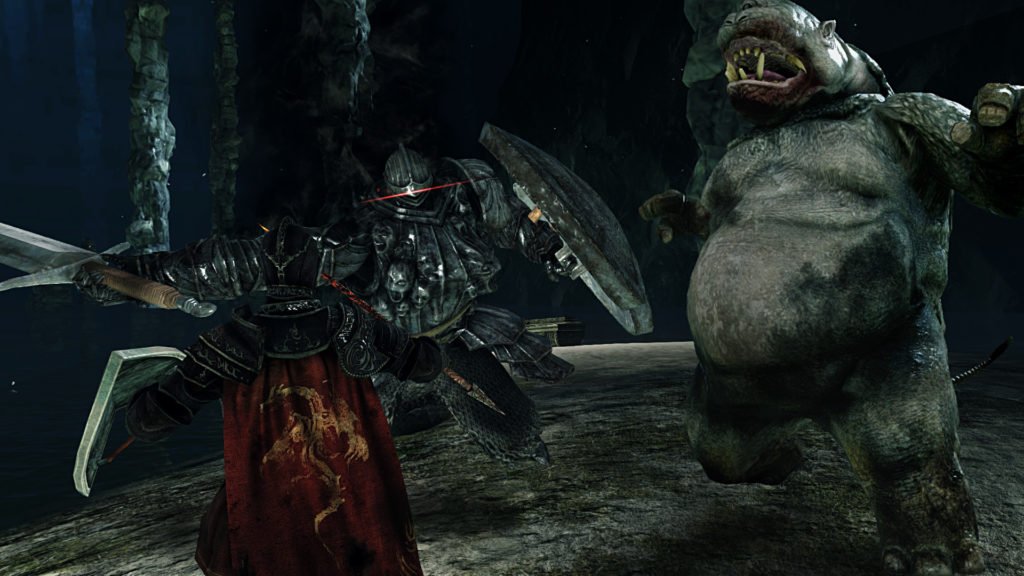
Engaging with a game’s mechanics — just as with learning to play a particular piece of music, paint in a particular style or perform an intricately choreographed dance — is just one means of experiencing it as a work of art. And it’s an important one, to be sure — the main defining feature of a video game when compared to other forms of art is interactivity — but it doesn’t mean that creators should necessarily feel obliged to make it so anyone can “master” their work, nor should people feel like they’re any “lesser” for choosing to engage with a game via more passive means such as streams and videos — watching a “performance”, as it were.
Accessibility is a wonderful thing, for sure, but when a video game is primarily designed around intricately designed and balanced mechanics — as the Souls games are — there has to come a point when the creator needs to ask themselves “who is this for, and how do I want them to enjoy it?” And, by extension, if making their game accessible to as broad an audience as possible might compromise the artistry of their work’s technical, mechanical design — difficulty and all.
It’s become unfashionable, undesirable and even, to some, offensive for a creator to say “this is a game specifically designed for a particular type of player who is okay with a particular degree of difficulty” — but inevitably the best (or at least most interesting) mechanics-centric games come about when that creator has a clear vision of their “ideal” player. You know how people complain about how triple-A games feel too “safe” and cookie-cutter these days? That’s what happens when you try to cater to everyone; you get blandness that doesn’t really speak to anyone.
Conversely, the Souls series persists because it is unashamed of what it is, and it makes no compromises. And most people seem to respect that — even those who have little to no desire to play them. For the longest time, I wasn’t a big fan of the Souls games, but I appreciated their existence nonetheless — and finally diving into Demon’s Souls a while back after recognising the interesting things about these games from afar gave me a whole new understanding of their appeal, even if I struggled to get up to speed at first.
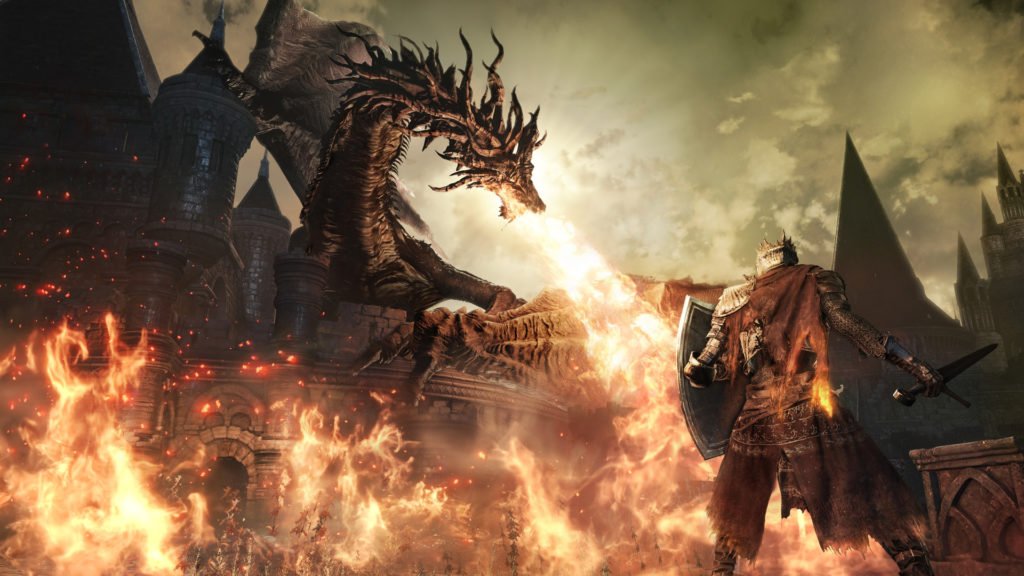
In Hidetaka Miyazaki’s words (as published on Gamespot in 2019), “[FromSoftware doesn’t] want to include a difficulty selection because we want to bring everyone to the same level of discussion and the same level of enjoyment. So we want everyone to first face that challenge and to overcome it in some way that suits them as a player. We want everyone to feel that sense of accomplishment. We want everyone to feel elated and to join that discussion on the same level. We feel if there’s different difficulties, that’s going to segment and fragment the user base.”
In other words, Miyazaki wants his players to pick up that full musical score, sit down at the piano, practice rigorously and at least attempt to understand what he’s created, even if they’re eventually unsuccessful at doing so — not pull down the Easy Piano version from the shelf, sight-read it with two fingers and think they’re a musical maestro. Because while that Easy Piano version might give you a taste of what was originally intended from the composition, it’s not what the composer wrote.
By all means incorporate an easy difficulty or an invincibility toggle if the game is one whose artistry primarily comes from its aesthetic and narrative elements, as will likely be the case with something like Psychonauts 2. But also recognise that there are games primarily created as a means of exploring creative mechanics, deliberate difficulty and interesting structure over and above anything else — and to demand changes to that kind of experience is to deface a work of art.
Join The Discussion
Rice Digital Discord
Rice Digital Twitter
Rice Digital Facebook
Or write us a letter for the Rice Digital Friday Letters Page by clicking here!
Disclosure: Some links in this article may be affiliate links, which means we may earn a small commission if you make a purchase after clicking on them. This is at no additional cost to you and helps support Rice Digital!
- Letter from the Editor: passing the torch - June 30, 2023
- Super Woden GP 2 is looking promising - June 30, 2023
- Inti Creates is making a 32 bit-style Love Live action platformer - June 26, 2023




